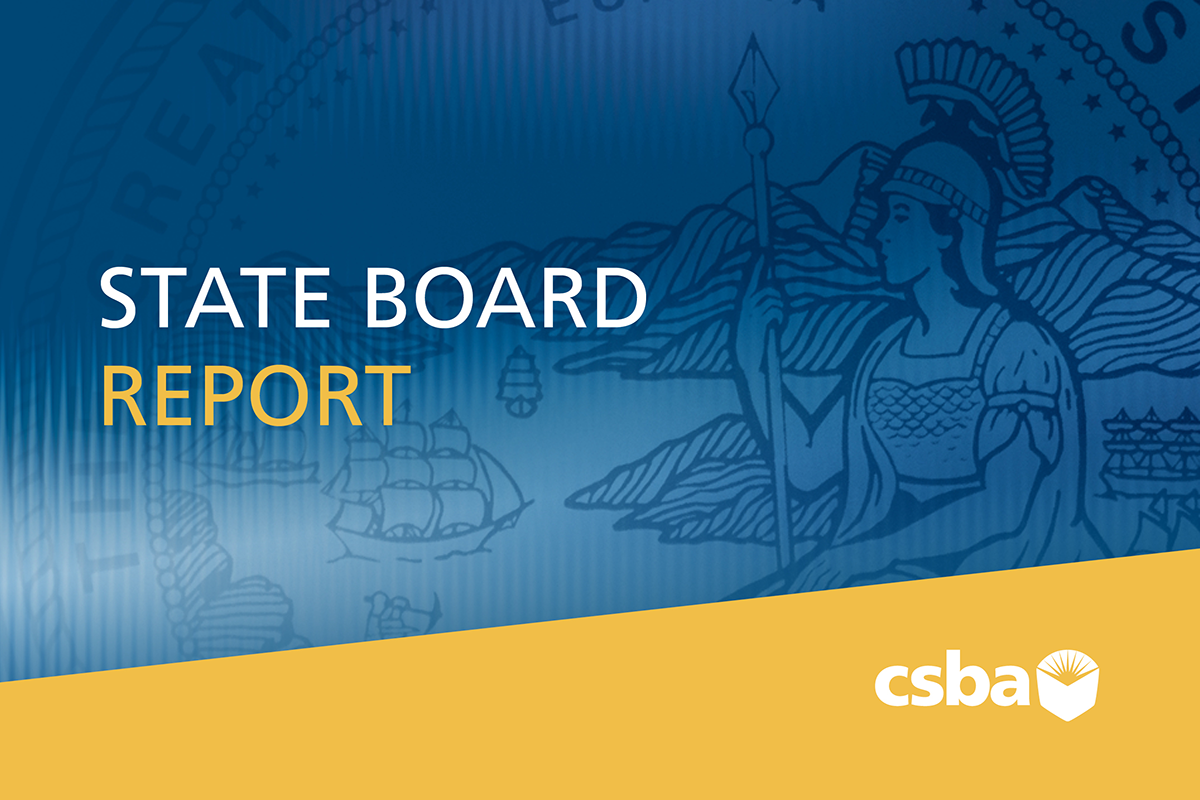In a report released earlier this month, the Public Policy Institute of California found that school districts are confronting a variety of obstacles as they work to roll out the new K-12 science standards. Using survey data collected from 204 unified and high school districts at the end of the 2016–17 school year, the PPIC report highlights major challenges districts are facing and offers recommendations for policymakers.
Known as the Next Generation Science Standards (NGSS), the new science standards were created by a consortium of 26 states and first introduced in California in 2013. Pilot testing of the new standards continues through this school year, and finalized tests should be made available for the upcoming school year. Schools districts across California are currently working to introduce these trailblazing standards into their classrooms, yet as the report found, this implementation has been far from seamless.
The report outlined that the following problems have been interfering with a successful rollout:
- Misalignment between NGSS and statewide minimum high school graduation requirements
- The new NGSS standards require a minimum of three years of instruction in life and physical sciences, whereas current California minimum high school graduation requirements only call for two years. School districts do have the local authority to require more than two years for graduation, but 60 percent of the districts surveyed reported that they do not. The University of California and California State University systems also only require two years of science instruction for admission.
- Inadequate resources
- Some districts, especially those that are low-income or low-performing, have been having issues implementing the new standards due to a lack of materials and deficient science labs. Fifty-nine percent of the districts surveyed said that instructional materials have presented a challenge to NGSS rollout — the state plans to adopt textbooks and other instructional materials sometime this year.
- Shortage of credentialed science teachers and issues with teacher training
- A quarter of the districts surveyed said they are facing a shortage of credentialed science teachers. More than 70 percent of districts also reported that teacher training has been a challenge.
- Some districts have yet to make decisions about curriculum modeling
- At the time of the survey (Spring 2017), half of the districts surveyed reported having adopted the State Board of Education’s preferred models for science course sequencing, while around 20 percent of districts had yet to make a decision. The districts without solidified plans in place concerned the report’s authors given the state’s implementation timeline. The report also found that science education is given less importance in the early grades as compared to math and English.
Of concern to equity advocates, the report noted that while 78 percent of the districts surveyed are implementing the new standards and 91 percent of respondents were either “very familiar” or “somewhat familiar” with NGSS, almost a quarter of the low-performing districts responded that they were only “slightly familiar” with the new standards. Urban school districts are also implementing standards at a higher percentage as compared to their rural counterparts.
The report concluded with a number of recommendations for state leaders, including ramping up outreach efforts and providing more guidance about course sequencing. School board members can view the full report, alongside the following CSBA resources:
CSBA Resources
CSBA Governance Brief: Supporting the California Next Generation Science Standards (11/16)
“A new formula for science success in California classrooms,” California Schools Magazine, Spring 2017
CSBA Governance Brief: Unlocking Learning: Science as a Lever for English Learner Equity (4/17)




